Home>Gardening & Outdoor>Plant Care & Gardening Tips>What MI Wildflower Has 4 Petals
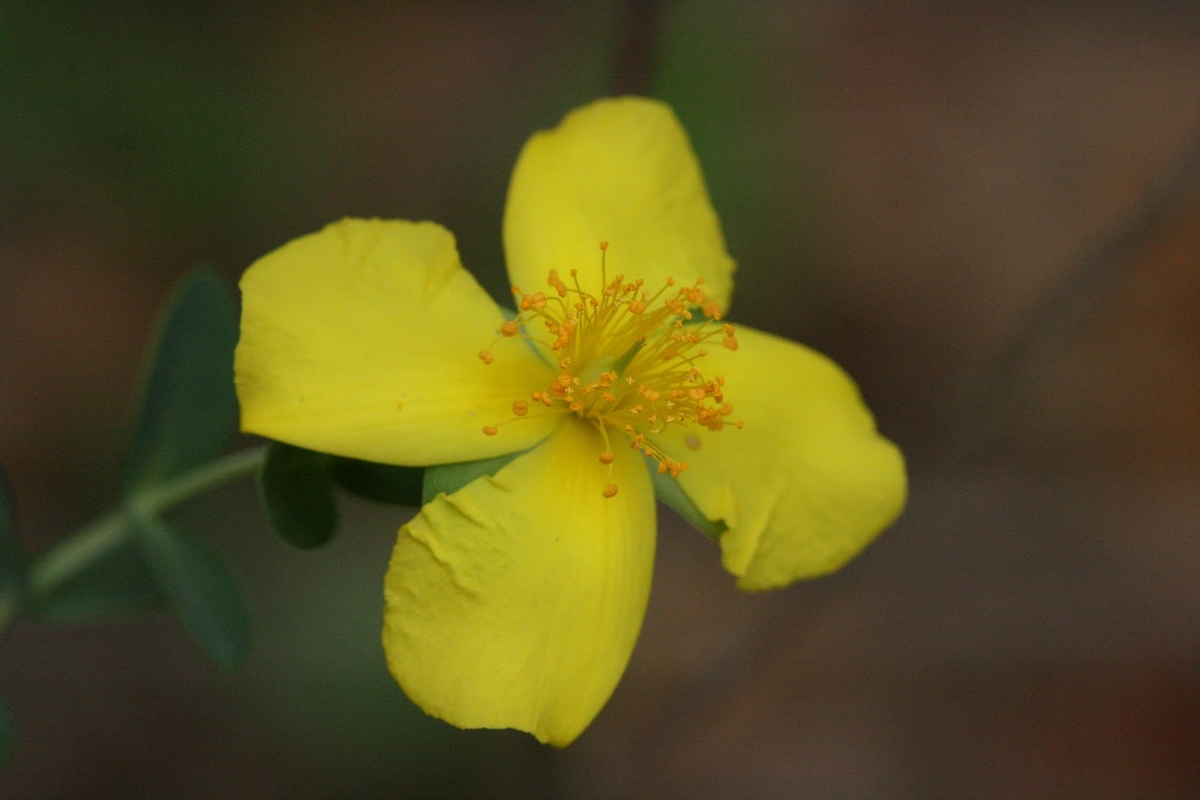

Plant Care & Gardening Tips
What MI Wildflower Has 4 Petals
Modified: October 20, 2024
Discover essential plant care and gardening tips for a MI wildflower with 4 petals. Learn how to nurture and maintain this beautiful plant for a thriving garden.
(Many of the links in this article redirect to a specific reviewed product. Your purchase of these products through affiliate links helps to generate commission for Storables.com, at no extra cost. Learn more)
**
Introduction
**
Welcome to the enchanting world of wildflowers! Exploring the diverse and captivating realm of wildflowers is a delightful journey that unveils the beauty and intricacies of nature. Whether you are an avid nature enthusiast, a passionate gardener, or simply someone who appreciates the allure of wildflowers, this article will take you on an insightful exploration of a specific Michigan wildflower with four delicate petals.
Wildflowers are not just aesthetically pleasing; they play a vital role in maintaining the ecological balance of their habitats. These resilient and often underappreciated plants contribute to the overall health of ecosystems by providing food and shelter for various insects, birds, and other wildlife. Additionally, wildflowers are essential for supporting pollinators, such as bees and butterflies, which are crucial for the reproduction of many plant species.
In this article, we will delve into the significance of identifying wildflowers, explore the distinguishing characteristics of these natural wonders, and specifically focus on a captivating Michigan wildflower that boasts four exquisite petals. By understanding and appreciating the unique features of this wildflower, you will gain a deeper appreciation for the rich biodiversity of Michigan's natural landscapes.
So, let's embark on this fascinating journey to unravel the mystery of a charming Michigan wildflower and discover the allure of its four-petaled blooms. Get ready to be captivated by the mesmerizing beauty and remarkable traits of this enchanting wildflower.
Key Takeaways:
- Michigan wildflowers with four delicate petals, like the bloodroot and common blue violet, add elegance to the state’s landscapes and play vital roles in supporting local ecosystems and pollinators.
- Identifying and appreciating wildflowers enriches outdoor experiences, deepens connections to nature, and inspires stewardship for Michigan’s natural landscapes and diverse native plants.
Read more: How To Store Rose Petals
Importance of Identifying Wildflowers
Identifying wildflowers is a rewarding pursuit that offers a multitude of benefits, both for individuals and the environment. Whether you are an avid hiker, a passionate gardener, or a nature enthusiast, recognizing and understanding wildflowers enriches your outdoor experiences and deepens your connection to the natural world.
One of the key benefits of identifying wildflowers is the opportunity to gain insight into the local ecosystem. By recognizing and cataloging the diverse array of wildflowers in a specific area, you can develop a deeper understanding of the region’s ecological health and biodiversity. This knowledge is invaluable for conservation efforts and ecological research, as it provides crucial data about plant populations and their habitats.
Furthermore, identifying wildflowers enhances your ability to appreciate and protect natural landscapes. When you can recognize and name the wildflowers you encounter, whether in a meadow, forest, or along a hiking trail, you develop a heightened sense of awareness and appreciation for the intricate beauty of these plants. This awareness often translates into a desire to preserve and protect the habitats that sustain these wildflowers, contributing to broader conservation initiatives.
For gardeners and landscaping enthusiasts, identifying wildflowers opens up a world of inspiration and possibility. Understanding the specific requirements and characteristics of different wildflower species allows for the creation of vibrant and ecologically beneficial garden spaces. Whether you are cultivating a native wildflower garden or incorporating wildflowers into existing landscapes, knowing the identity and behavior of these plants is essential for successful cultivation.
Moreover, identifying wildflowers fosters a sense of wonder and curiosity about the natural world. It encourages individuals to observe and appreciate the intricate details of wildflowers, from the unique shapes of their blooms to the diverse array of colors and patterns. This sense of wonder promotes a deeper connection to nature and instills a sense of responsibility for preserving the beauty and diversity of wildflowers for future generations.
Overall, the act of identifying wildflowers is a deeply enriching and enlightening endeavor that fosters a deeper connection to nature, supports conservation efforts, and inspires creativity in gardening and landscaping. By recognizing the importance of wildflowers and the role they play in ecosystems, we can cultivate a greater appreciation for the natural world and work towards its preservation and sustainability.
Characteristics of Wildflowers
Wildflowers exhibit a diverse array of captivating characteristics that contribute to their unique charm and ecological significance. Understanding these traits is essential for identifying and appreciating the beauty of wildflowers in their natural habitats. From their adaptive features to their vital ecological roles, the characteristics of wildflowers showcase the remarkable resilience and beauty of these plants.
- Adaptability: One of the defining characteristics of wildflowers is their remarkable adaptability to various environmental conditions. These resilient plants have evolved to thrive in diverse ecosystems, from sun-drenched meadows to shaded woodlands, showcasing their ability to withstand a wide range of environmental challenges.
- Diversity: Wildflowers encompass an astonishing diversity of species, each with its own unique characteristics and adaptations. From delicate, ephemeral blooms to robust, long-lasting flowers, the spectrum of wildflower diversity is a testament to the resilience and creativity of nature.
- Ecological Significance: Wildflowers play a crucial role in supporting local ecosystems by providing food and habitat for a myriad of pollinators, insects, and wildlife. Their nectar-rich blooms attract bees, butterflies, and other pollinators, contributing to the essential process of pollination that sustains plant diversity.
- Seasonal Variability: Many wildflowers exhibit distinct seasonal patterns, with blooms appearing at different times throughout the year. This seasonal variability adds a dynamic element to natural landscapes, creating ever-changing displays of color and beauty as different wildflower species take their turn in the spotlight.
- Native Habitat Adaptations: Wildflowers are often uniquely adapted to their native habitats, displaying characteristics that enable them to thrive in specific environmental conditions. These adaptations can include drought tolerance, shade tolerance, or specialized pollination mechanisms that enhance their survival in their natural ecosystems.
By recognizing and appreciating these characteristics, individuals can gain a deeper understanding of the ecological importance and aesthetic appeal of wildflowers. Whether in the wild or cultivated in gardens, wildflowers captivate us with their diverse traits and enrich our lives with their natural beauty and ecological contributions.
Look for the white flowers with 4 petals and yellow centers, growing in open fields or along roadsides in Michigan. It could be the common white clover (Trifolium repens).
Michigan Wildflowers
Michigan, with its rich tapestry of natural landscapes, is home to a stunning variety of wildflowers that grace its woodlands, meadows, and wetlands. The state’s diverse ecosystems, including the iconic Great Lakes, expansive forests, and rolling prairies, provide an ideal habitat for a wide array of native wildflowers. From the delicate blooms of spring ephemerals to the vibrant hues of summer and fall wildflowers, Michigan offers a captivating display of floral diversity throughout the seasons.
One of the defining features of Michigan’s wildflowers is their resilience and adaptability to the state’s varying climate and soil conditions. From the shores of Lake Michigan to the Upper Peninsula’s rugged terrain, wildflowers have carved out niches in diverse habitats, showcasing their ability to thrive in both sun-dappled clearings and shaded woodland understories.
Michigan’s wildflowers are not only a source of natural beauty but also play a vital role in supporting the state’s ecosystems. These native plants provide essential nectar and pollen for a multitude of pollinators, including bees, butterflies, and hummingbirds, contributing to the intricate web of ecological interactions that sustains Michigan’s biodiversity.
Many of Michigan’s wildflowers have also been cherished for generations by indigenous communities, who have valued these plants for their medicinal, culinary, and cultural significance. The deep connection between native tribes and Michigan’s wildflowers underscores the rich heritage and importance of these plants in the state’s history.
As Michiganders and visitors alike explore the state’s natural wonders, they are treated to a visual feast of wildflowers that reflects the changing seasons and the resilience of nature. Whether encountered along hiking trails, in urban parks, or within the tranquility of nature reserves, Michigan’s wildflowers offer moments of awe and inspiration, inviting us to pause and appreciate the intricate beauty of the natural world.
Throughout the year, Michigan’s wildflowers paint the landscape with a kaleidoscope of colors, from the delicate white blooms of bloodroot and trillium in spring to the vibrant purple coneflowers and goldenrod of summer, and finally to the rich hues of asters and goldenrods in the autumn. Each wildflower species contributes to the rich tapestry of Michigan’s natural heritage, embodying the resilience, beauty, and ecological importance of these native plants.
Wildflowers with 4 Petals
Among the diverse array of wildflowers that grace the landscapes of Michigan, several species stand out for their charming blooms adorned with precisely four delicate petals. These enchanting wildflowers, each with its own unique characteristics and ecological significance, captivate the imagination and add a touch of elegance to their natural habitats.
One notable wildflower with four petals that thrives in Michigan’s woodlands and meadows is the delicate and ethereal bloodroot (Sanguinaria canadensis). This early spring bloomer, named for the crimson sap that flows through its roots and stems, unfurls its pristine white flowers, each adorned with eight to twelve delicate petals. The striking contrast between the bloodroot’s radiant blooms and its mottled, palm-shaped leaves creates a captivating display that heralds the arrival of spring in the woodlands of Michigan.
Another enchanting wildflower that graces Michigan’s natural landscapes with its four-petaled blooms is the graceful and dainty common blue violet (Viola sororia). This beloved native wildflower, with its heart-shaped leaves and charming blue or purple flowers, is a familiar sight in woodlands, meadows, and even suburban lawns throughout the state. The common blue violet’s blooms, each adorned with four gently overlapping petals, provide essential nectar for early pollinators and add a touch of natural beauty to Michigan’s springtime scenery.
Furthermore, the enchanting starry false Solomon’s seal (Maianthemum stellatum) adds a touch of elegance to Michigan’s woodlands with its delicate clusters of tiny, bell-shaped flowers, each boasting four pristine white petals. This woodland wildflower, with its graceful arching stems and dainty blooms, contributes to the understated beauty of Michigan’s forest understory, where it thrives in the dappled shade and rich organic soils.
Additionally, the charming and resilient wild geranium (Geranium maculatum), also known as spotted geranium or cranesbill, graces Michigan’s woodlands and shaded clearings with its elegant pink or lavender-hued blooms, each adorned with four distinct petals. This beloved wildflower, with its deeply lobed leaves and intricate, saucer-shaped flowers, provides essential nectar for pollinators and adds a touch of natural elegance to Michigan’s spring and early summer landscapes.
These enchanting wildflowers with four delicate petals not only contribute to the visual splendor of Michigan’s natural landscapes but also play vital roles in supporting local ecosystems and providing essential resources for pollinators. Their resilience, beauty, and ecological significance embody the rich diversity and captivating allure of Michigan’s native wildflowers.
Conclusion
Embarking on a journey to explore the captivating world of wildflowers, particularly those with four delicate petals, offers a profound appreciation for the intricate beauty and ecological significance of these enchanting plants. From the diverse woodlands and meadows of Michigan to the tranquil expanses of its wetlands and prairies, wildflowers with four petals grace the state’s natural landscapes with their elegance and resilience.
Identifying and understanding the characteristics of wildflowers not only enriches our outdoor experiences but also deepens our connection to the natural world. By recognizing the importance of these native plants, we gain a greater appreciation for the vital role they play in supporting local ecosystems and providing essential resources for pollinators and wildlife.
Michigan’s wildflowers, with their diverse hues and seasonal displays, offer moments of wonder and inspiration as they paint the landscape with a kaleidoscope of colors. From the delicate blooms of spring ephemerals to the vibrant hues of summer and fall wildflowers, each season brings new opportunities to marvel at the resilience and beauty of these native plants.
As we encounter wildflowers with four petals, such as the ethereal bloodroot, the graceful common blue violet, the elegant starry false Solomon’s seal, and the charming wild geranium, we are reminded of the rich tapestry of Michigan’s natural heritage. These enchanting wildflowers not only contribute to the visual splendor of the state’s landscapes but also serve as essential components of its ecological diversity and resilience.
By nurturing a deeper understanding of Michigan’s wildflowers and their unique characteristics, we can cultivate a profound sense of stewardship for the natural world. Whether in the wild or within cultivated garden spaces, these native plants inspire us to preserve and protect the habitats that sustain them, ensuring that future generations can continue to appreciate the beauty and ecological importance of wildflowers with four delicate petals.
As we embrace the enchanting world of wildflowers, let us celebrate the resilience, beauty, and ecological significance of these captivating plants. Through our continued exploration, appreciation, and conservation efforts, we can contribute to the preservation and sustainability of Michigan’s natural landscapes and the rich biodiversity of its native wildflowers.
Frequently Asked Questions about What MI Wildflower Has 4 Petals
Was this page helpful?
At Storables.com, we guarantee accurate and reliable information. Our content, validated by Expert Board Contributors, is crafted following stringent Editorial Policies. We're committed to providing you with well-researched, expert-backed insights for all your informational needs.
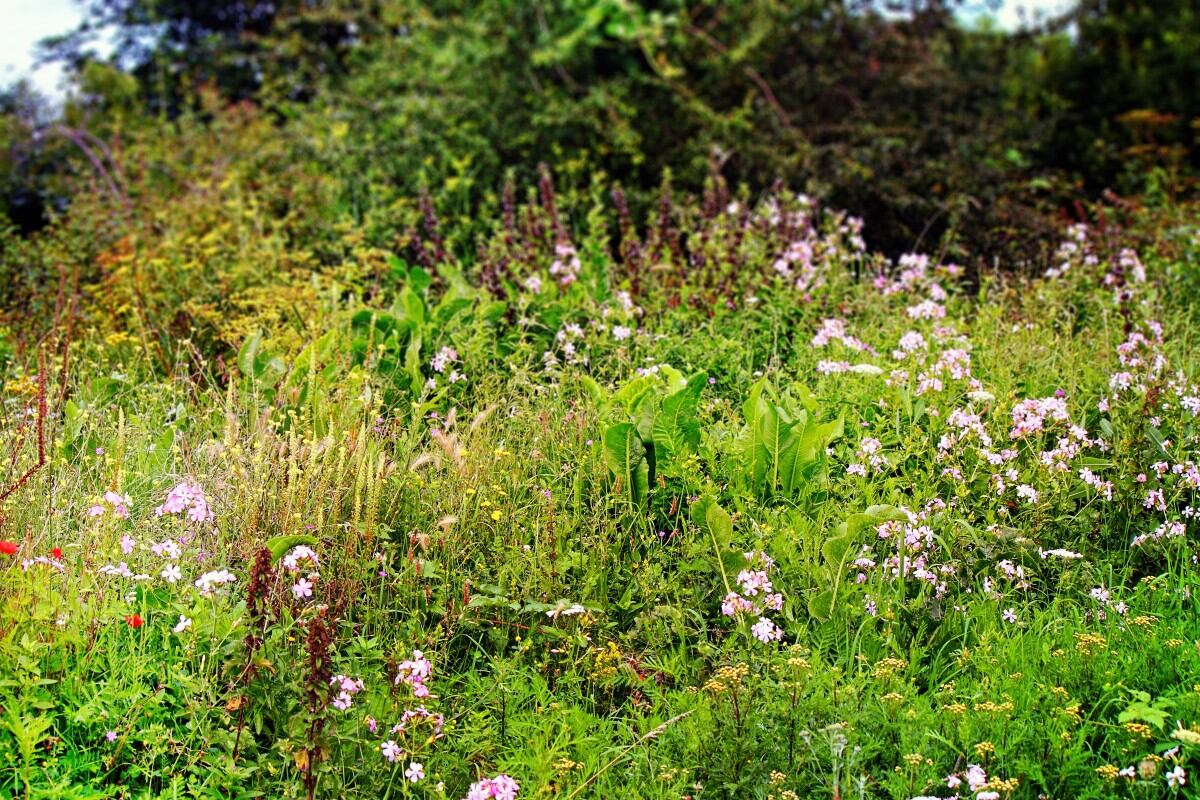

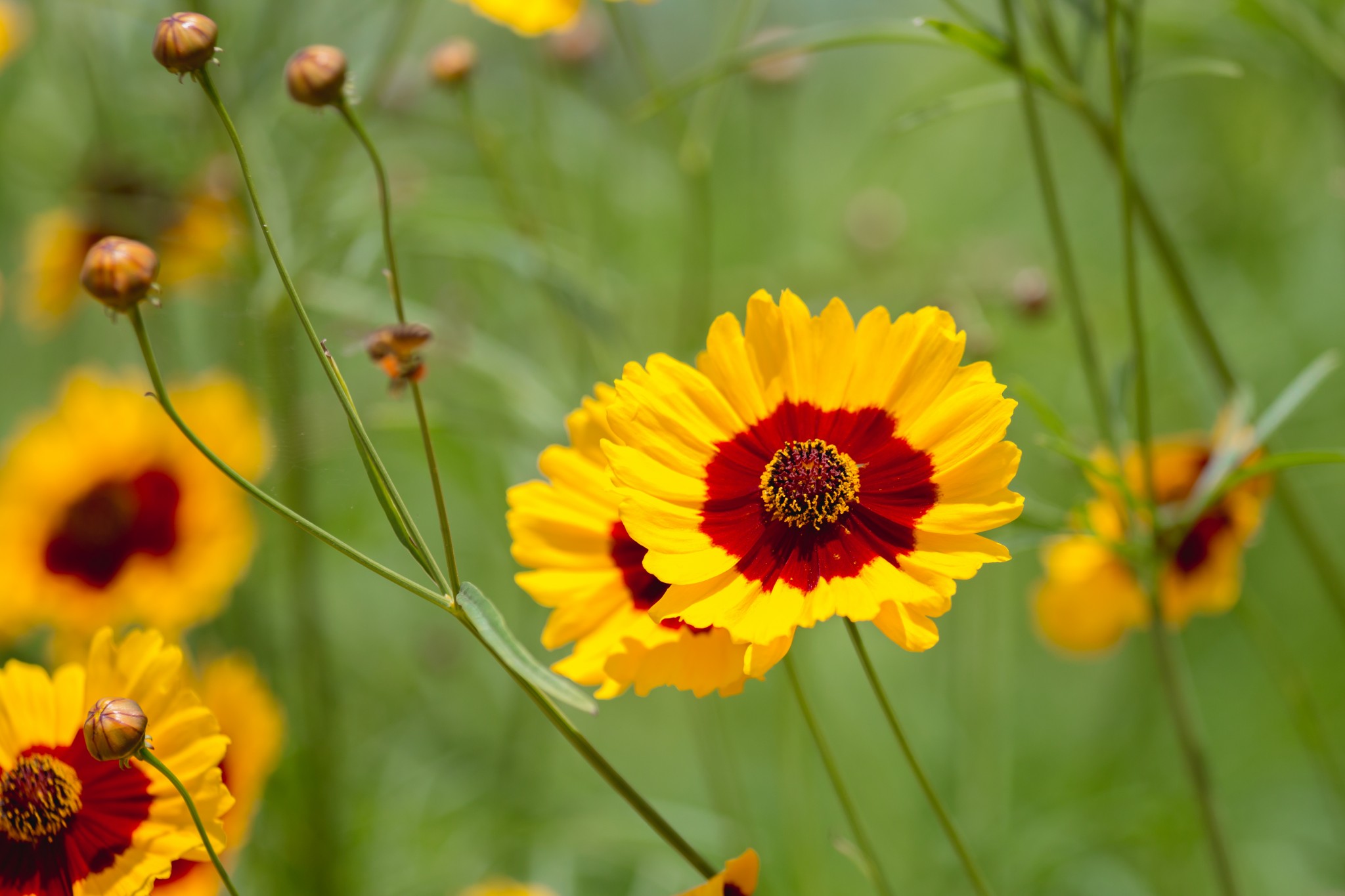
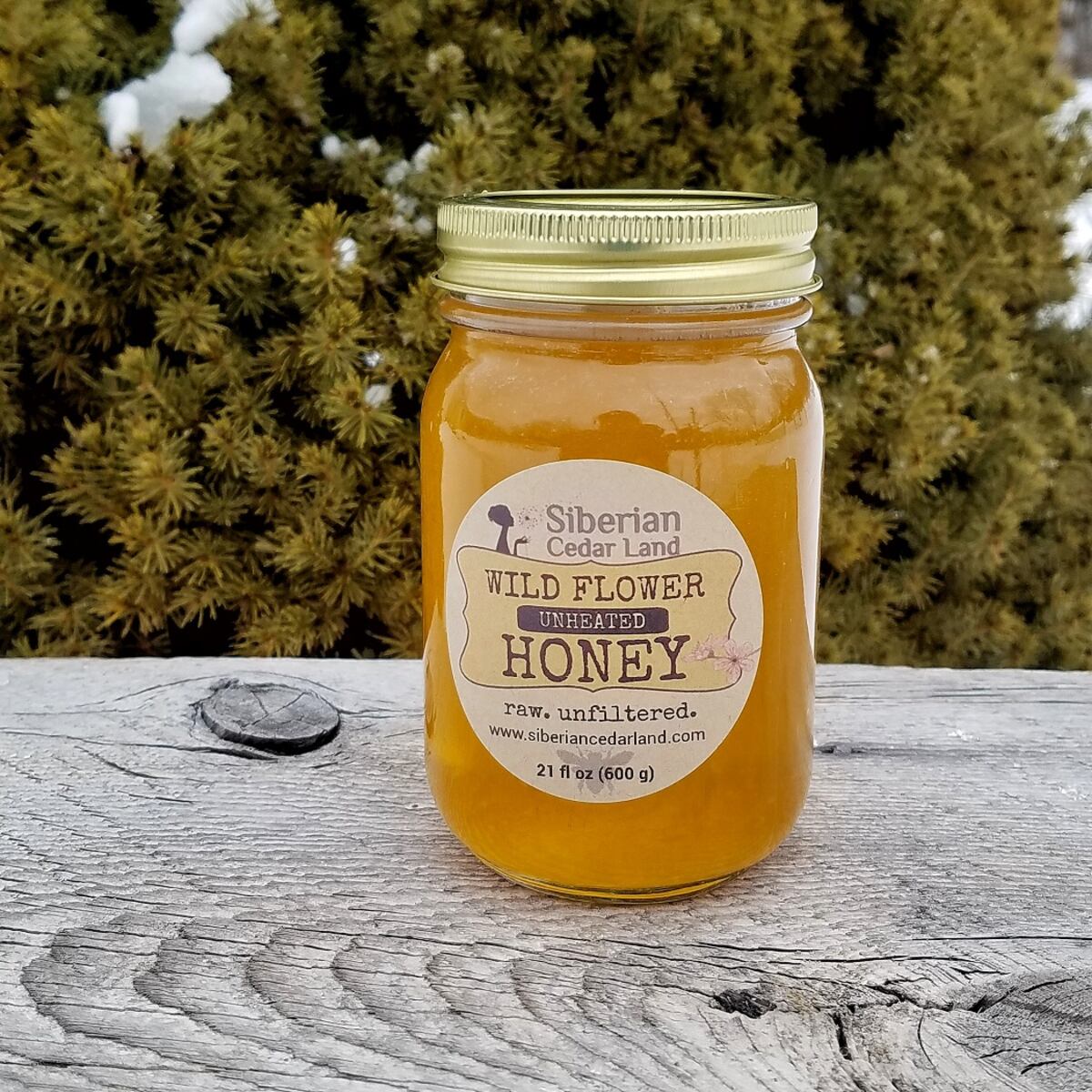

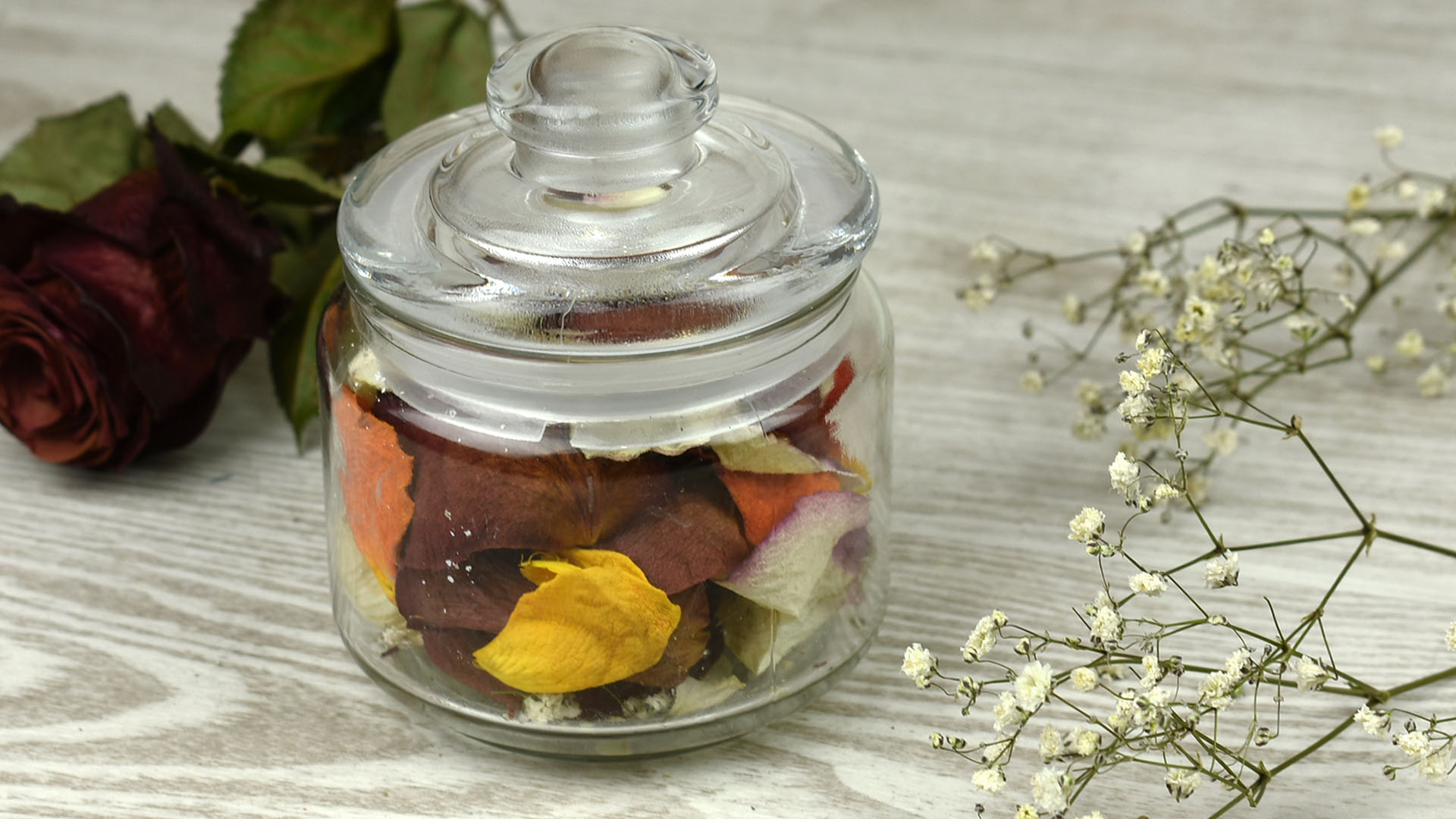
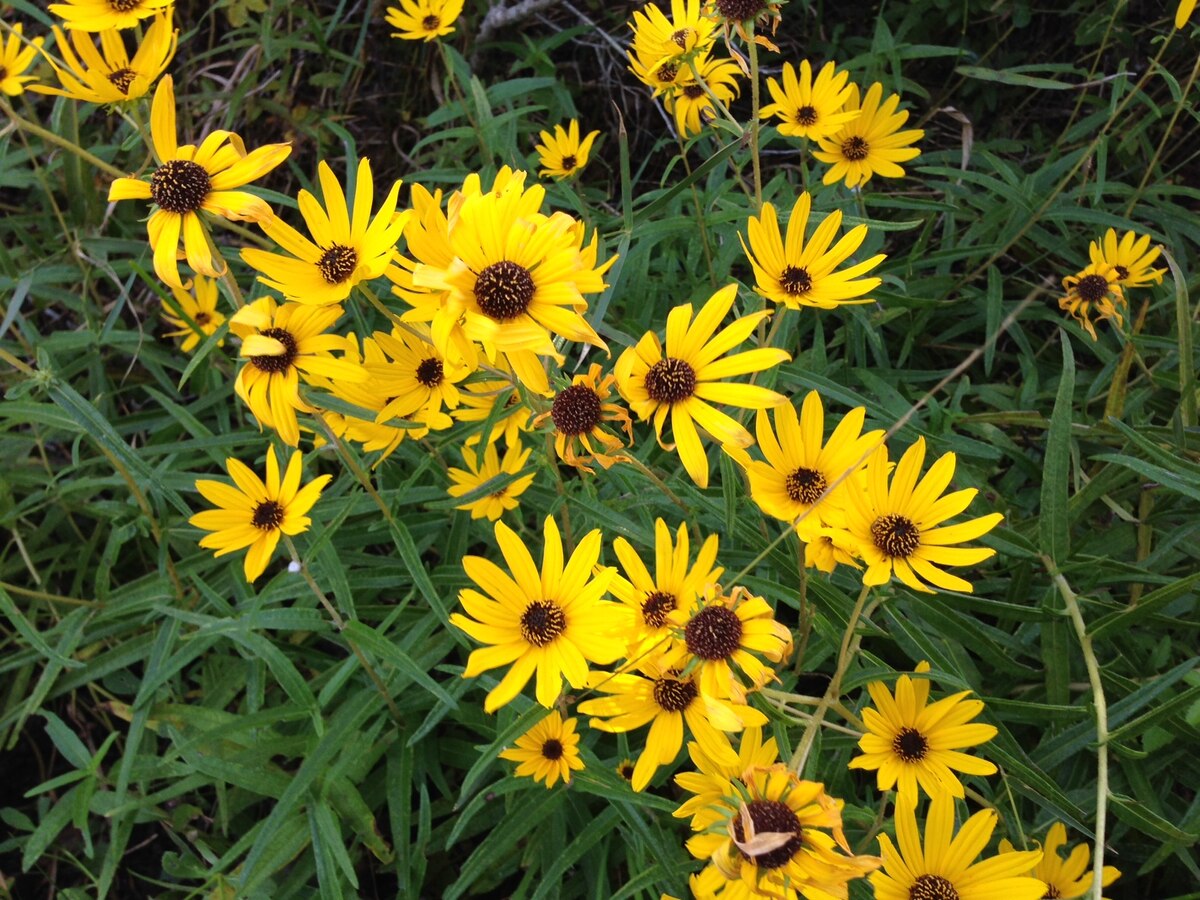
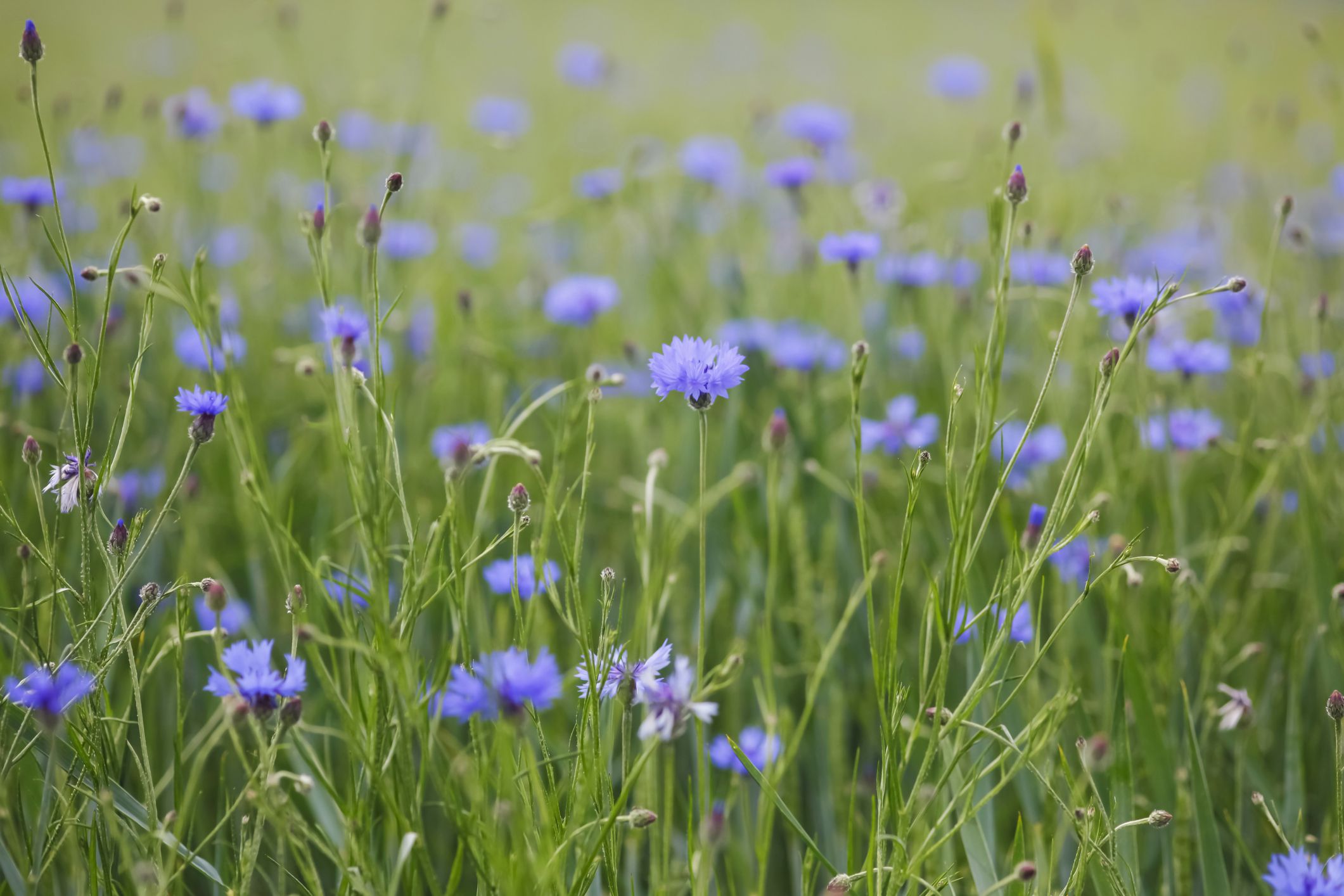
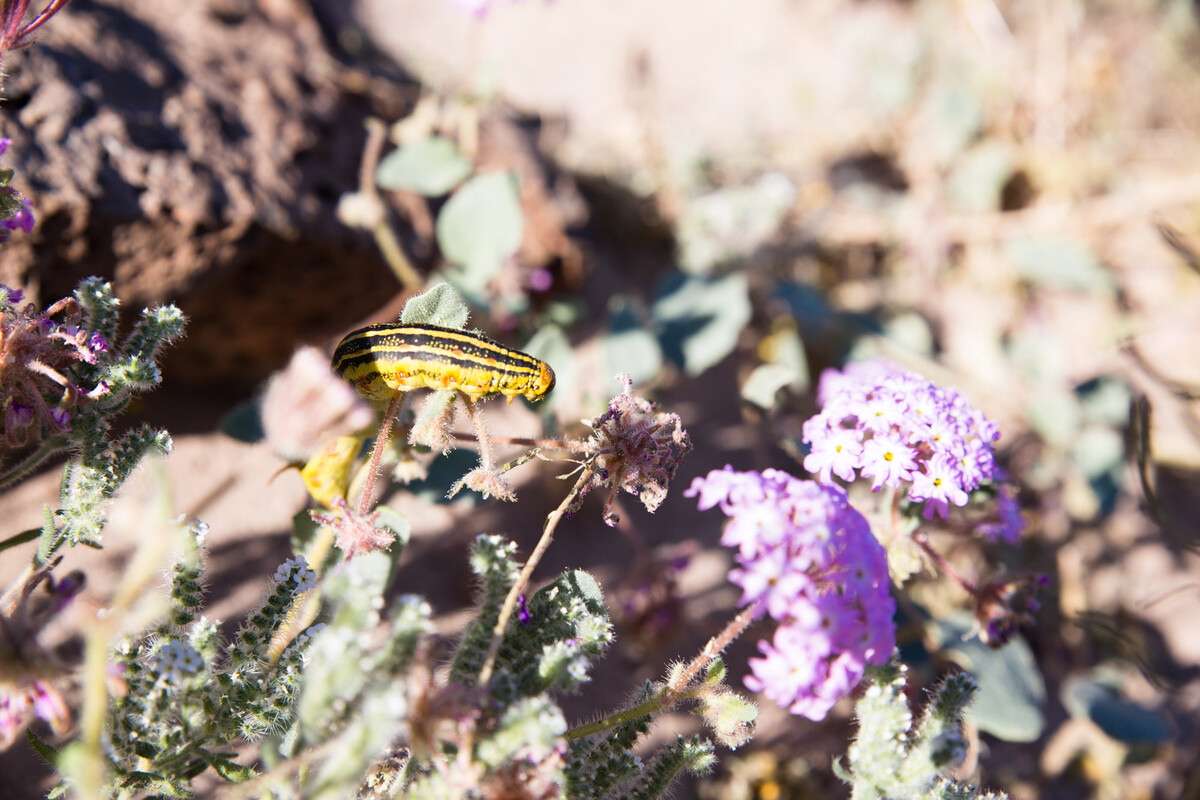
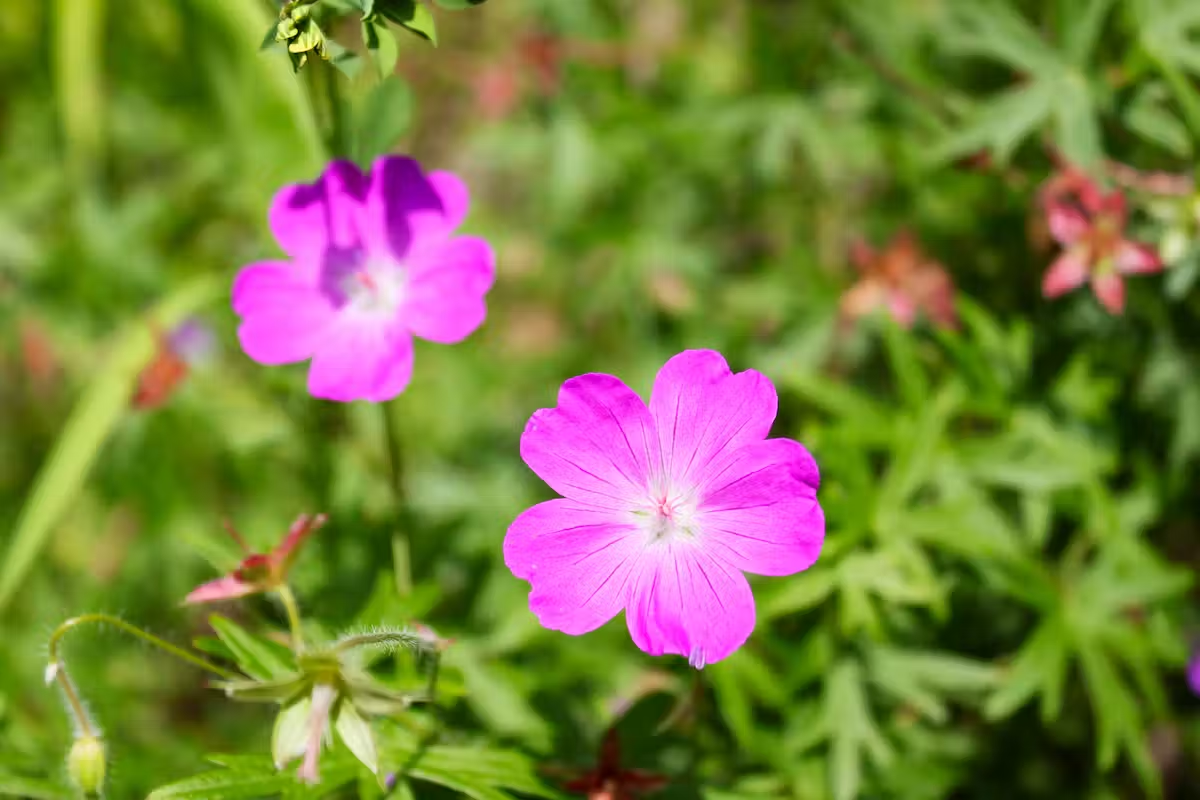
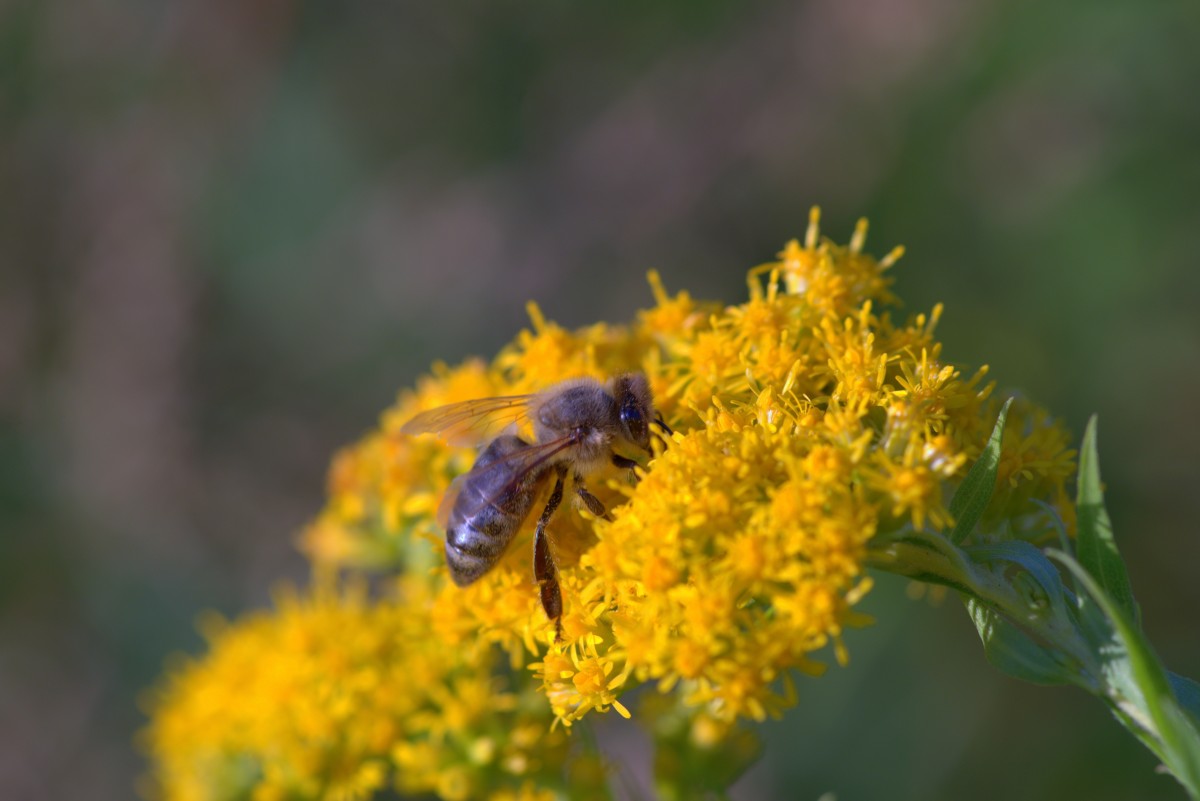

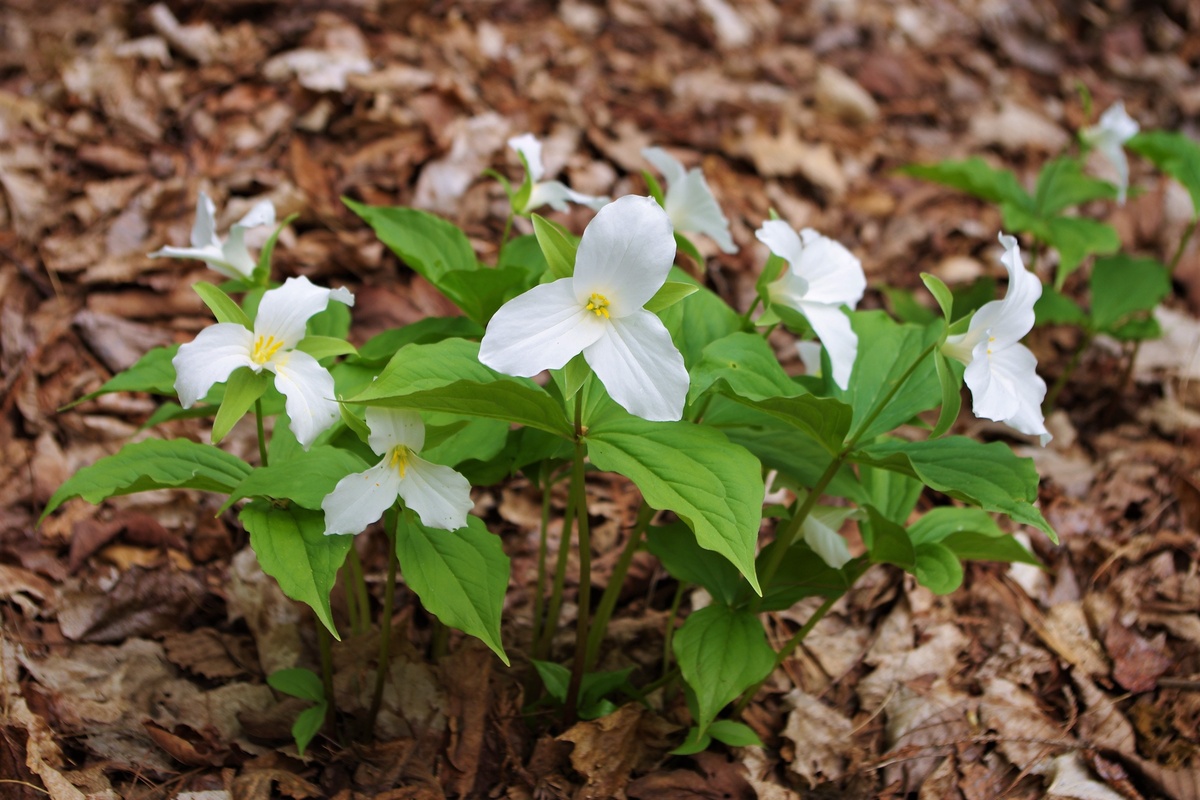
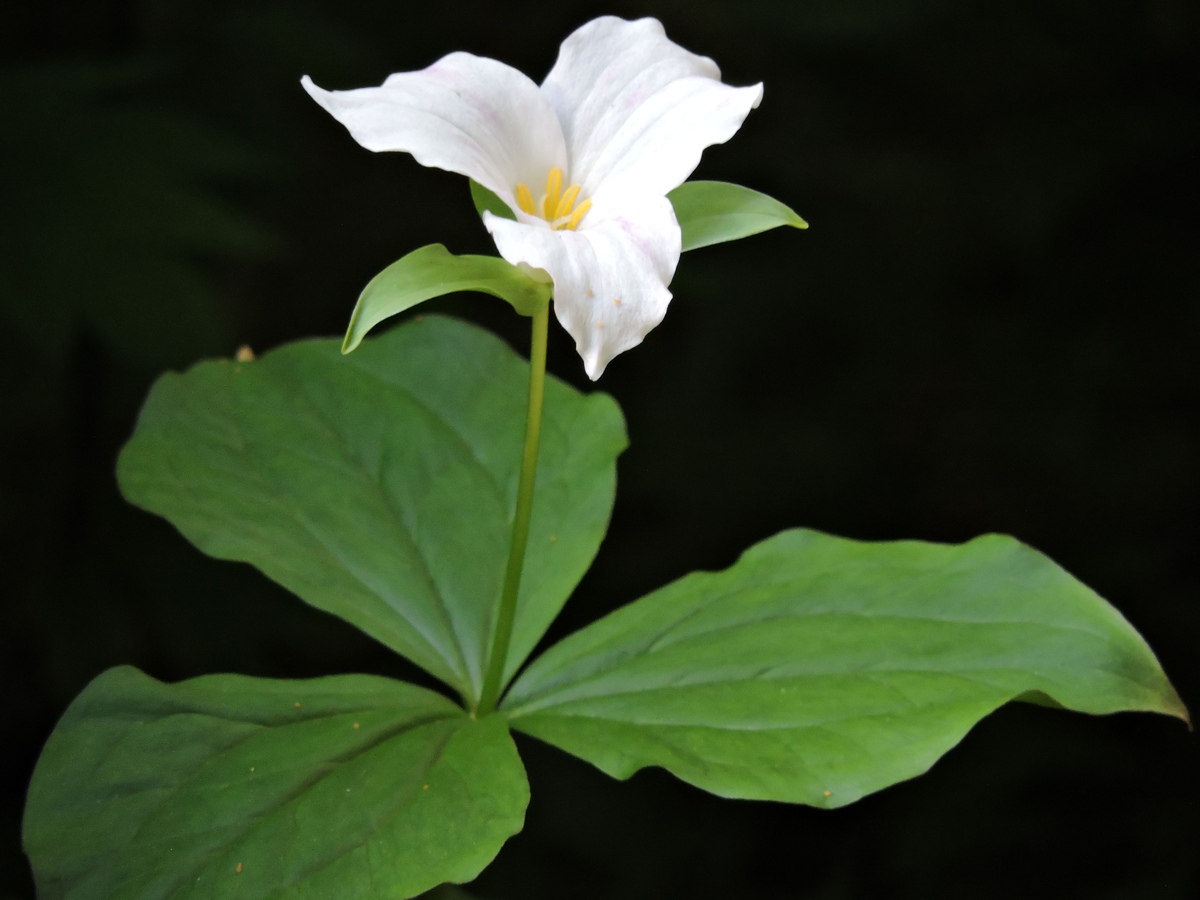

0 thoughts on “What MI Wildflower Has 4 Petals”